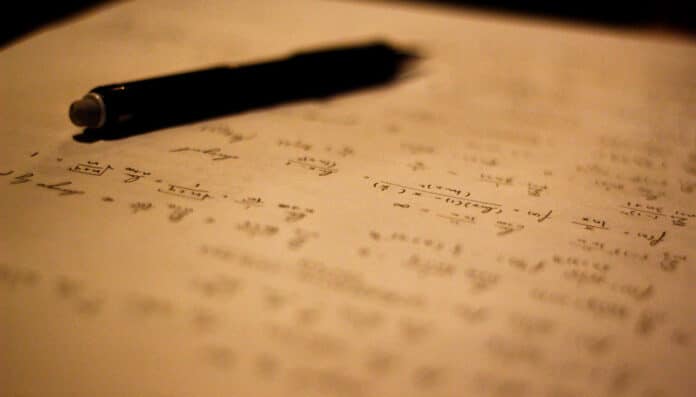Mathematicians frequently classify equations according to their difficulty in solving. Compared to nonlinear issues, linear equations are easier to solve because their variables would graph as a straight line.
Scientists at the University of Tsukuba have developed a novel technique for constructing approximative linear equations for challenging nonlinear problems. They demonstrate through simulation findings that the responses produced by the model created using their proposed pseudo-linearization strategy are more similar to those of the well-known alternative method.
This work can help scientists and engineers predict and, more precisely, apply feedback control over mechanical systems described with nonlinear equations.
Once, the physicist Stanislaw Ulam said, “using a term like ‘nonlinear science’ is like referring to the bulk of zoology as the study of ‘non-elephant animals.’ The world we are living in is complex, and variables frequently interact in perplexing ways. Predictions become significantly harder as a result of the potential for feedback loops and even chaotic instabilities to result from these linkages.”
Hence, restricting scientists to exclusively using linear equations would prevent them from simulating a wide range of significant events, such as mechanical systems they seek to manage.
Unfortunately, a large portion of the mathematics that has been developed only works for linear equations. Therefore, the ability to convert nonlinear dynamical systems into corresponding approximate linear versions would be of great value.
A theoretical representation of all potential solutions to the problem for which the system would be in equilibrium, called “equilibrium space,” has now been defined by scientists from the Department of Intelligent and Mechanical Interface Systems at the University of Tsukuba.
This work is considered a bridge between the abstract mathematics of nonlinear dynamical systems with infinite equilibria and the real world of system control problems.
Senior author Professor Triet Nguyen‑Van said, “Although the basic concept has been proposed by scholars before, our definition of an abstract ‘equilibrium space’ brings it nearer to applications in engineering. Afterward, pseudo-linearization can be performed, in which approximate linear equations could be calculated which have the same equilibrium states as the original problem.”
Scientists demonstrated their method’s value using a gyroscope simulation that is free to rotate on gimbals about all three axes. Their method proved more accurate in determining the steady-state behavior from a given input torque.
Scientists noted, “These findings can be applied to the design of nonlinear control systems in many situations. Some of these applications include keeping machines with many degrees of freedom from becoming unstable, thus improving performance and safety.”
Journal Reference:
- Ryotaro Sakata et al., Equilibrium space and a pseudo linearization of nonlinear systems, Scientific Reports (2022). DOI: 10.1038/s41598-022-25616-1
